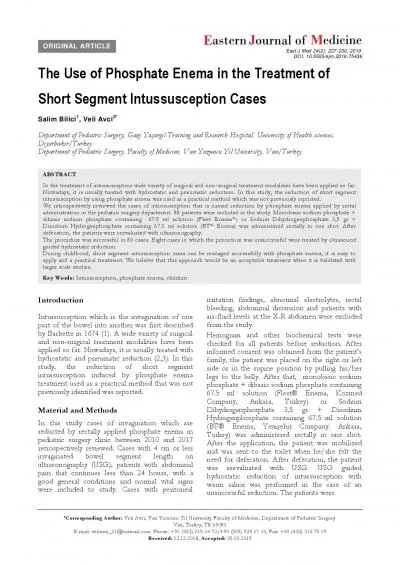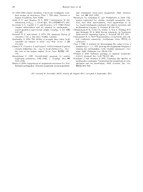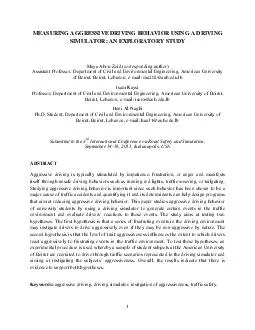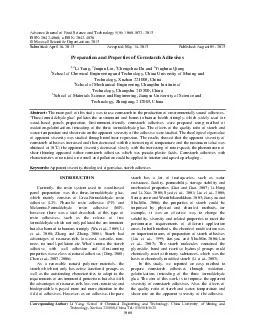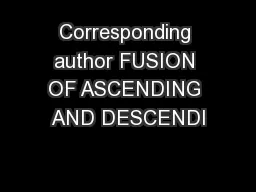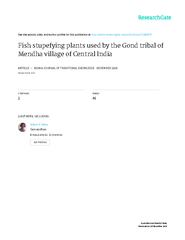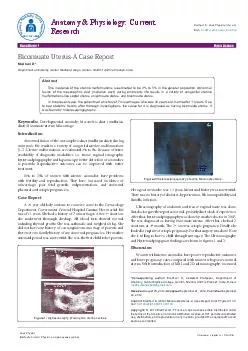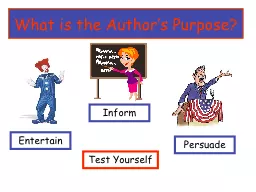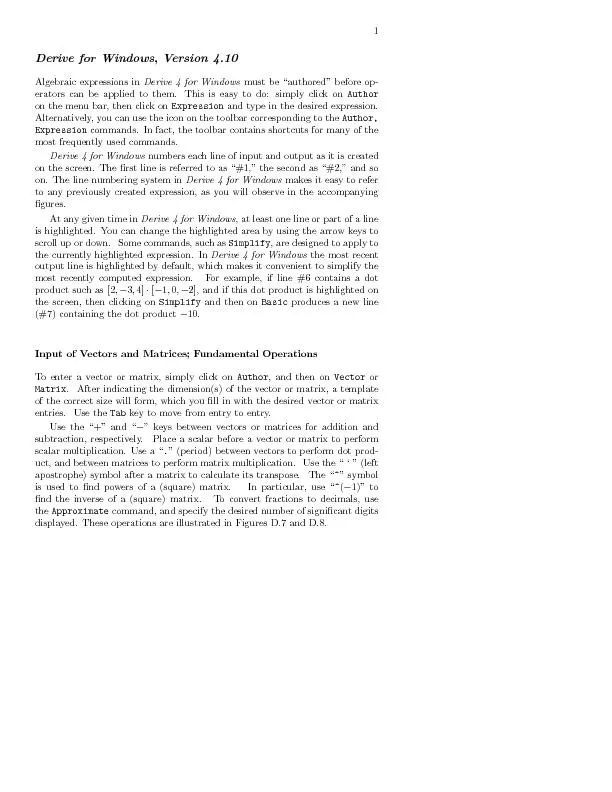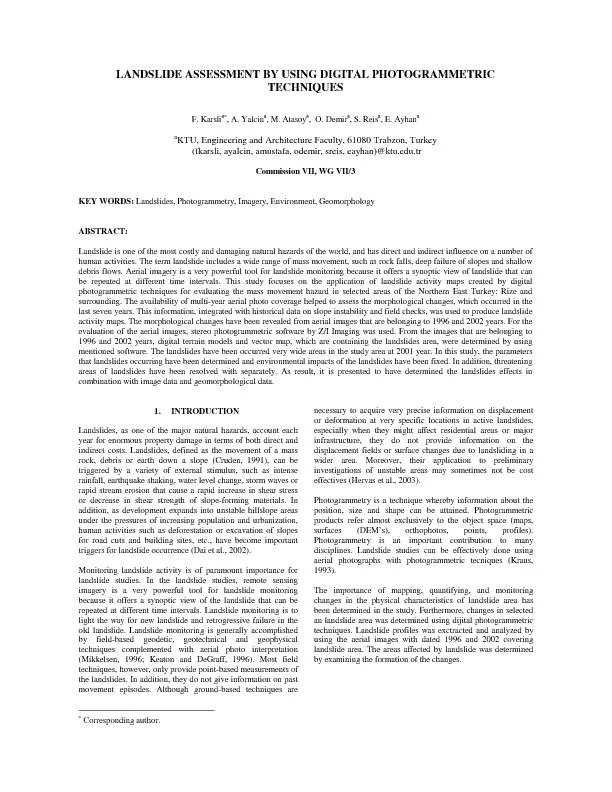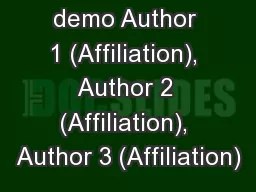PDF-Corresponding Author
Author : bency | Published Date : 2022-09-08
East J Med 2 4 2 227 2 30 2019 DOI 105505ejm201975436 Veli Avci Van Yuzuncu Yil University Faculty of Medicine Department of Pediatric Surgery Van Turkey TR
Presentation Embed Code
Download Presentation
Download Presentation The PPT/PDF document "Corresponding Author" is the property of its rightful owner. Permission is granted to download and print the materials on this website for personal, non-commercial use only, and to display it on your personal computer provided you do not modify the materials and that you retain all copyright notices contained in the materials. By downloading content from our website, you accept the terms of this agreement.
Corresponding Author: Transcript
Download Rules Of Document
"Corresponding Author"The content belongs to its owner. You may download and print it for personal use, without modification, and keep all copyright notices. By downloading, you agree to these terms.
Related Documents

